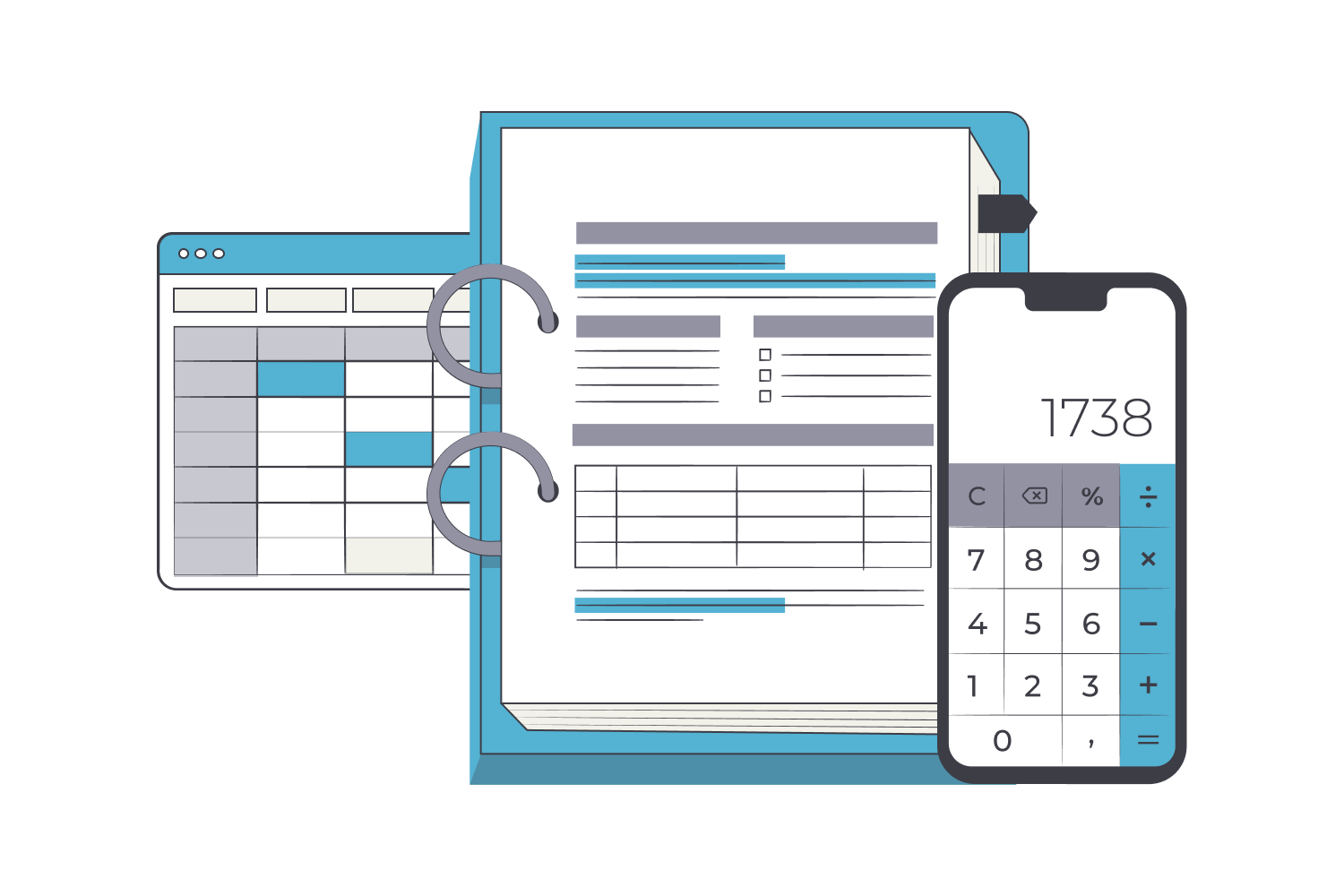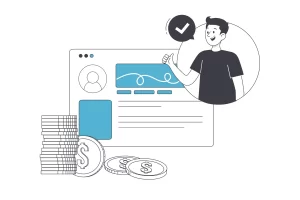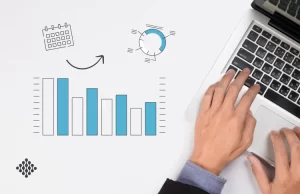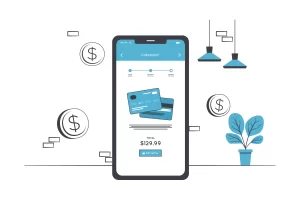Anyone who’s ever juggled piles of receipts, bank statements, and online payments knows that feeling of the financial sweats kicking in.
Reconciling payments – especially when they come from different channels – can be a major headache.
Late nights, double-checking figures, that sinking suspicion you’ve missed something… if this sounds familiar read on.
This article is for anyone struggling to efficiently reconcile payments from multiple payment channels and ensure their records are squeaky clean.
We’ll break down what payment reconciliation is, its importance for your clinic, and why a streamlined process is crucial.
Then we’ll explore the challenges of reconciling multiple payment streams and how an integrated payment system can save the day.
Let’s get started!
What is payment reconciliation?
OK, let’s get down to the basics first.
Payment reconciliation is an accounting process in which you compare your clinic’s internal financial records (things like invoices, and sales reports) with external records like your bank account statements or payment processor data.
Clinics often receive payments through multiple channels, such as credit card transactions, digital payments, and other types of payment gateways.
How payment reconciliation works is it helps verify that all the income and expenses you’ve tracked align with what actually went through your accounts from these channels.
The goal is to ensure all your records match, so that the internal records say the same thing as the external records.
Plus, you also want to find and solve any discrepancies along the way.
Why payment reconciliation is important for businesses
How you handle reconciliation has a direct impact on crucial aspects of your clinic, from your bottom line and cash flow to how compliant you are with regulations on data security and financial fraud. After all, regulating bodies want accurately matched and reported data or they might raise some red flags.
Also, having clean financials means you have an accurate picture of your financial health, empowering you to make smart business decisions.
To make the value of payment reconciliation clearer, let’s go over four specific benefits.
Preventing fraud
While mismatches in your financials can be a simple mistake or oversight, those discrepancies might point to something more troubling.
The Association of Certified Fraud Examiners estimates businesses lose a staggering 5% of annual revenue to fraud. This can come from clients (think chargeback scams) or, unfortunately, from within your clinic.
Regular payment reconciliation helps with both fraud detection and deterring these fraudulent activities by flagging discrepancies early, allowing you to investigate their source before things get out of hand.
Cash flow management
Payment reconciliation also helps paint an accurate picture of your clinic’s financial health.
Without it, you might overestimate your available cash, leading to poor financial decisions. For instance, you might commit to expanding your clinic’s office space or purchasing an expensive piece of equipment, only to realize you can’t comfortably meet payroll a few weeks later.
Regular and automated payment reconciliation aims to prevent such mistakes by giving you a real-time view of your cash flow.
This empowers you to make smart decisions about spending, investing, and confidently planning for your clinic’s future.
Ensuring accurate financial reporting
Accurate financial reports are the foundation of smart business decision-making.
Effective payment reconciliation minimizes financial errors, and this is especially true if you use automations that streamline the process even more.
In essence, this process ensures your income and expense statements give a true picture of your clinic’s performance and any inefficiencies it has.
This is crucial for internal business planning, but it’s especially important when your books are scrutinized by investors or creditors – after all, clean records inspire confidence in your business!
Legal and regulatory compliance
Staying on the right side of the law is non-negotiable.
Strict regulatory requirements (like HIPAA or the Sarbanes-Oxley Act for fraudulent financial reporting) dictate how clinics must handle financial data. Payment reconciliation is a vital tool for meeting these obligations.
By diligently ensuring your internal records match external reports, you demonstrate transparent and responsible financial management.
This not only minimizes the risk of costly penalties but also protects your clinic’s reputation.
Challenges of the payment reconciliation processes
We’ve seen how important payment reconciliation is for your business.
In a perfect world, this process would always be a breeze! Unfortunately, payment reconciliation comes with its fair share of hurdles, especially as your clinic grows and your financials get more complex.
Next, we’ll go over some of the common challenges you might face, and then explain how the right tools can help solve them.
High volume of transactions
Early on, your clinic might have a manageable number of payments, allowing for one or two people to do manual reconciliation with a basic accounting system.
But you want your clinic to grow, don’t you? That means a higher and higher volume of financial transactions.
If left unoptimized, both bookkeeping and payment reconciliation can become an error-prone nightmare, with staff overwhelmed by the sheer number of incoming records.
This can lead to missed discrepancies, delays, and a hit to your bottom line.
Multiple payment channels
Today’s clients need flexibility with paying for services and products. Cash, credit and debit cards, support for different payment platforms, online invoicing, digital wallets, and even pay-later options – these are all commonly expected payment methods.
But there are also industry-specific points to think about. Various methods for charging booking deposits, how you handle selling service packages, gift voucher payments, membership programs… the list goes on.
While convenient, this payment channel diversity creates a tangled web for reconciliation.
Each channel usually has its own types of reports and formats, making it difficult to consolidate data into one cohesive picture.
Without a reconciliation tool, staff usually end up having to collect and enter all of these transaction records in one place.
That’s a time-consuming process requiring unnecessary manual effort that can introduce delays in matching transactions.
Human errors
Even the most diligent staff members and even professional finance teams aren’t immune to mistakes. We’re just human after all.
Manual payment reconciliation involves data entry, calculations, and tracking multiple records – all ripe for typos, misinterpretations, or simple fatigue-fueled errors.
Unfortunately, a single misplaced decimal or an oversight on a forgotten invoice can have ripple effects on your financial records, skewing your reporting and potentially impacting your decision-making.
Integration issues
Say you’ve integrated tools like payment processors, accounting software, and other financial tools with your practice management software.
In theory, these integrations should make your life easier.
But, having separate systems is actually a big payment reconciliation challenge.
Mismatched formats, syncing glitches, or unexpected delays between systems can throw a wrench into the entire process.
This leads to wasted time deciphering discrepancies that shouldn’t exist and raises doubts about the accuracy of your records when the process is done. So teams are left double-checking the records to make sure they didn’t miss anything.
Compliance challenges
The regulatory landscape surrounding financial data (especially in the healthcare industry) is complex and ever-evolving.
From data privacy regulations to accounting standards, staying compliant can be overwhelming.
Your payment reconciliation process must not only be accurate in verifying your financials but also demonstrate the secure handling and reporting of financial and client information.
This can be a constant struggle as compliance rules and regulations change often and you have to regularly review your process and keep staff trained.
How an integrated payment system efficiently reconciles payments from different channels
OK, we went over all of these challenges, but we didn’t provide any solutions. What gives?
Well, we waited until now to cover the real game-changer in payment reconciliation – integrated payment systems.
An integrated payment system communicates with and connects together all of your payment tools and payment channels, allowing for efficient and automated management of financial data.
This setup can greatly enhance your reconciliation process, transforming it from potentially chaotic to a smooth and simple activity.
Let’s break down how it works.
1. Centralization of payment data
An integrated payment system transforms your reconciliation workflow by creating a single, a single source of truth for all your financial transactions.
Client payments made in person, online bookings, third-party payment processors, and even insurance co-pays can all flow directly into your clinic’s management software.
This eliminates the headaches of chasing down separate records and reports, giving you an instantly clearer view of your clinic’s financial activity.
Just imagine saving the time you used to spend compiling records from various sources, allowing you to focus on analysis and decision-making.
2. Automated data entry and matching
Say goodbye to tedious manual data entry.
No, really. One aspect where integrated payment systems shine is their powerful automation features for both recording and matching transactions.
Client payments, refunds, chargebacks – it’s all captured in real-time. This not only saves time but dramatically reduces the chance of human errors that can compromise your financial records.
Plus, automated matching compares each of these logged transactions to your external statements. Any mismatch gets flagged immediately for review, preventing errors from slipping through the cracks.
3. Enhanced data accuracy
Automation and consistent formatting work magic for accurate reconciliation.
By removing error-prone manual data entry, you gain confidence that the numbers in your clinic software reflect the reality of your finances.
But integrated systems can also enforce standardized data input across all payment channels.
This ensures the information you’re comparing during reconciliation is formatted exactly the same, making it easier to spot even the smallest discrepancies.
4. Improved visibility and reporting
Integrated payment systems often give you robust, real-time dashboards and customizable reports that give you up-to-the-minute insights into your clinic’s financial health.
No more waiting for monthly statements to see that all-important financial data. Instead, you get immediate access to cash flow analysis, reports on any payment trends, and outstanding invoices.
What this means is that these systems empower you to make informed decisions on the fly, without the frustrating lag time of traditional methods.
5. Streamlined discrepancy resolution
Expanding on the automation features we mentioned, after an integrated system flags a discrepancy during transaction matching, the tool is usually right there to help you resolve it.
You can immediately view detailed payment histories, access audit trails, and potentially even communicate with the client or vendor directly through the payment system.
This allows for quick investigation and resolution, preventing small issues from snowballing into major headaches. No more frantic searches across platforms or endless phone calls – you can often tackle any issue in a fraction of the time.
6. Efficiency in handling high volumes of transactions
As your clinic thrives, so does the volume of payments you handle. High-quality integrated payment systems are made with scalability in mind and grow quickly instead of hitting a wall in terms of efficiency.
Their automated record-keeping, data consolidation, and matching processes remain just as effective whether you’re dealing with a hundred transactions or a thousand.
This means your reconciliation tasks won’t suddenly become time-consuming bottlenecks as your business expands, giving you peace of mind to focus on quality care and growth strategies.
7. Integration with accounting software
Many integrated payment systems directly connect with popular accounting software.
This seamless synchronization is a huge time-saver.
For instance, consider an integrated payment system connecting with Xero, a cloud-based accounting platform specifically designed for small and medium-sized businesses like clinics.
An integration like this one can ensure payment data flows automatically to Xero’s accounting records, eliminating manual re-entry and reducing the risk of errors.
By automating this data flow, your overall financial picture remains accurate and updated without doubling your workload.
8. Compliance and security
We keep coming back to this topic, but we can’t stress enough that security and compliance are vital when dealing with financial data.
Luckily, reputable integrated payment systems are built with compliance in mind.
They often meet stringent standards (like PCI DSS for card payment security) and include security features like data encryption to protect both your clinic and your clients.
This not only keeps your data safe but also helps demonstrate your commitment to the responsible handling of sensitive information, giving you peace of mind and avoiding potential legal complications.
Reconcile payments more efficiently with Pabau
OK, so we covered a lot of ground here – covering payment reconciliation, the challenges of managing multiple payment channels, and how you can overcome them.
Now, the benefits of a payment system might tempt you to get another tool on top of your clinic software to handle payments. But hold on! Juggling multiple software isn’t necessarily good for efficiency, or your bank balance.
The truth is that Pabau, our practice management software, has integrated payments baked right in.
With our software, all your client payment data is in one place, invoices, and billing are a breeze, and manual data entry (with its potential errors) gets minimized.
And, our Pabau Pay POS terminals enable you to accept client payments however they like – with all payments automatically feeding into their client records.
By having everything in one place, payment reconciliation can mean opening up one of Pabau’s ready-made financial reports and checking the data. Everything is streamlined, stress-free, and sets you up for success.
Interested? Explore the benefits of Pabau Pay.




